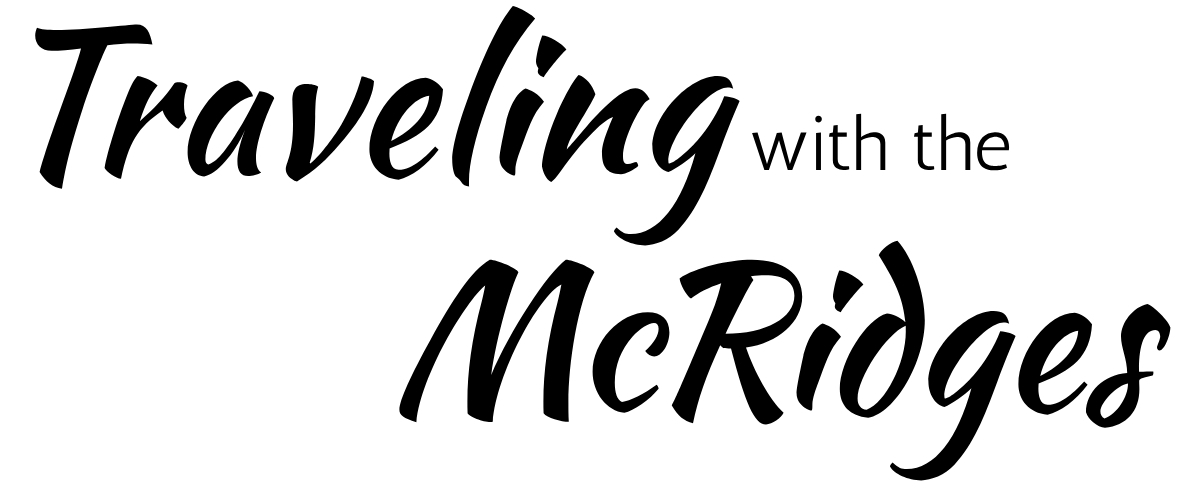One of my favorite things is watching sea turtles lay their eggs on the beach. Each year, I try to visit Melbourne Beach, Florida, during prime sea turtle season—and this year, I was lucky enough to see quite a few! It’s truly an incredible experience, and I thought I’d share some tips so you can experience the magic too.

Green Sea Turtle returning to the ocean at sun rise.
Spotting Sea Turtles in Melbourne Beach
I remember the first time I walked over to the beach in summer and noticed what looked like giant tire tracks leading out of the ocean. I was so curious! It turns out those were from sea turtles making their way up the beach to lay eggs. Whoa!
The first time I saw a sea turtle heading back to the ocean was pure magic—I couldn’t believe it. Since then, I’ve gotten better at spotting them both emerging from the water and returning after nesting. And every time, it’s just as special.
If you’re curious about how to increase your chances of seeing a sea turtle for yourself, read on. But first, a few important ground rules:
Use a red light flashlight. Regular white light can disorient turtles. Red flashlights are easy to find online or in local shops.
Stay at least 20 feet away. If you want a closer view, bring binoculars. Getting too close can cause a turtle to abandon nesting.
Be quiet, and leave your dog at home. Loud noises and pets can scare turtles away. Remember, they’re there to lay eggs—not to perform for us.
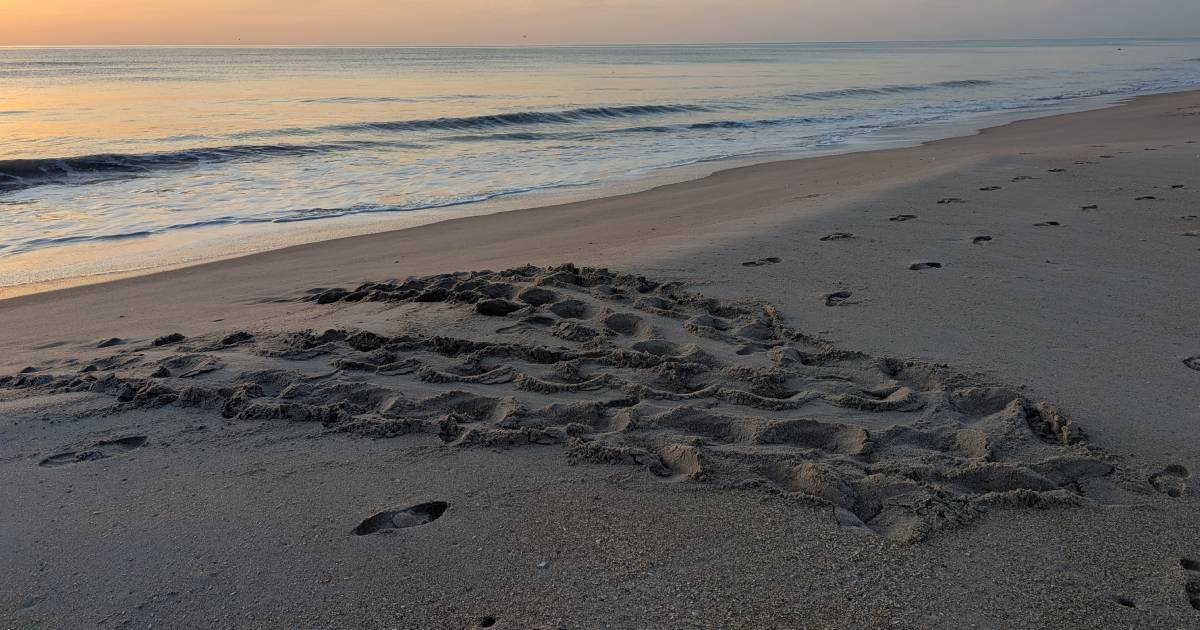
These are tracks from a Sea Turtle that turned around.
Now for the good part—how to increase your odds of a sighting:
Head to Juan Ponce de León Landing in Melbourne Beach (map) either 45 minutes after sunset or 45 minutes before sunrise.
Walk slowly south along the beach using your red light flashlight only if needed. On a moonlit night, let your eyes adjust and enjoy the natural darkness.
Look for a large lump crawling up the sand or for a single set of tracks leading from the ocean to the dunes with no return path—this means the turtle is still on the beach.
Follow tracks carefully and quietly. If you find a large hole with sand being tossed out, you’ve found a nesting turtle!
Nesting can take up to an hour. If you’re walking before sunrise, keep an eye out for small groups—chances are, they’ve already found a turtle and are waiting quietly nearby.
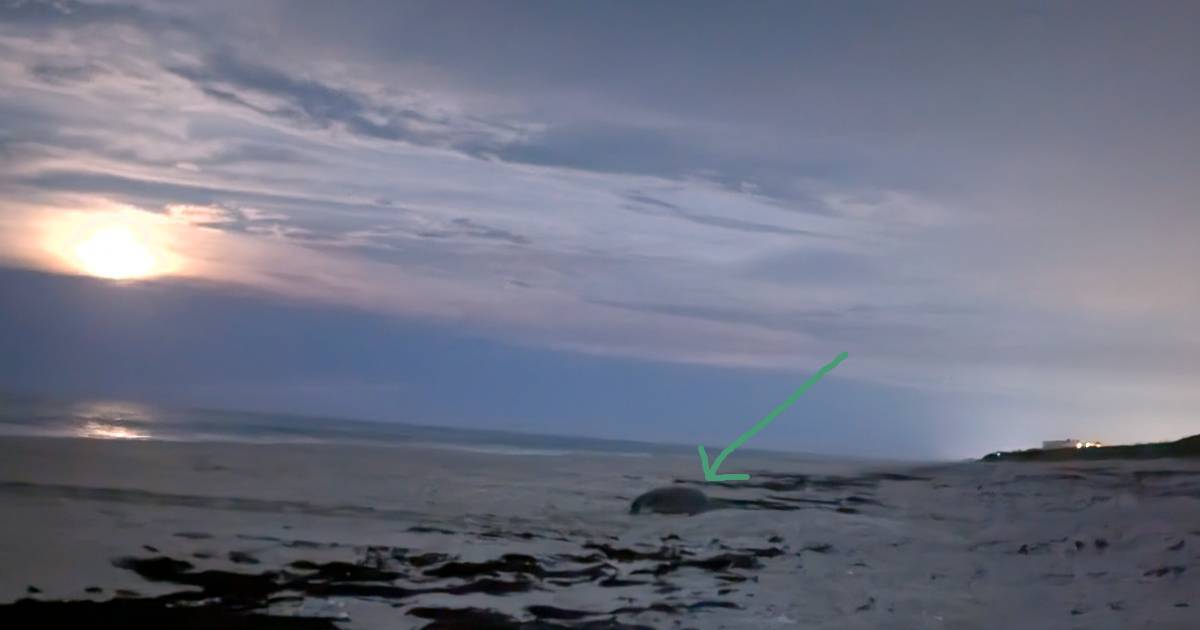
Night view the arrow points to a turtle walking up the beach
NOTE: All these photos are cropped and were taken with a high resolution camera and a zoom lens, so I wasn’t close to the turtle.
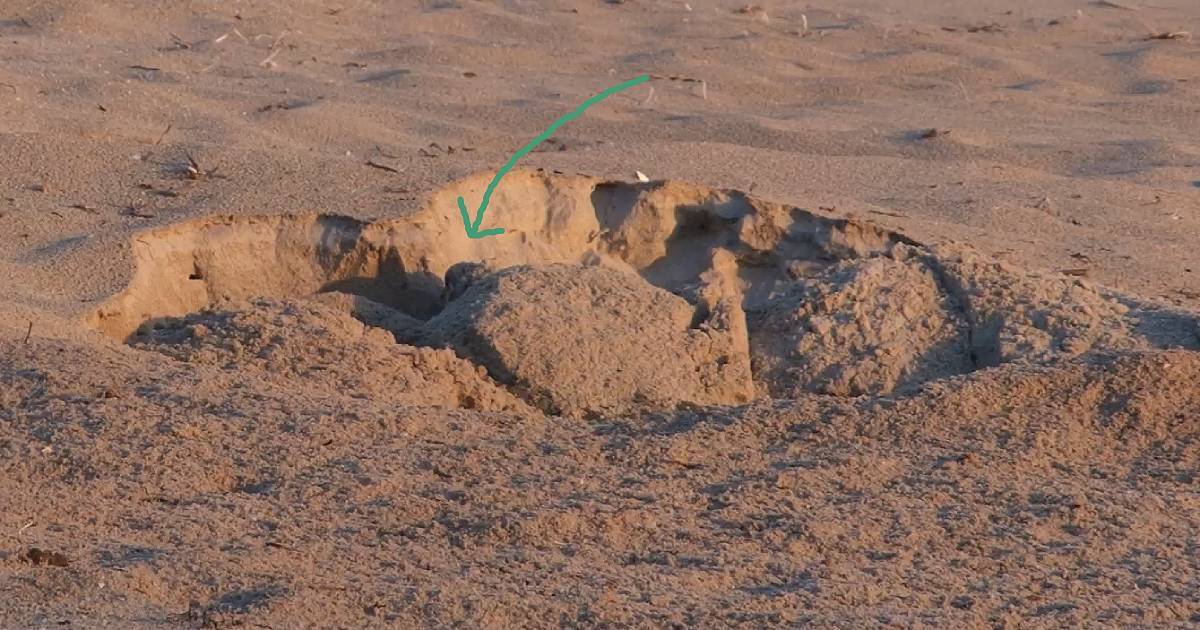
Green Turtle in nest, green arrow points to her head, so you can spot her.
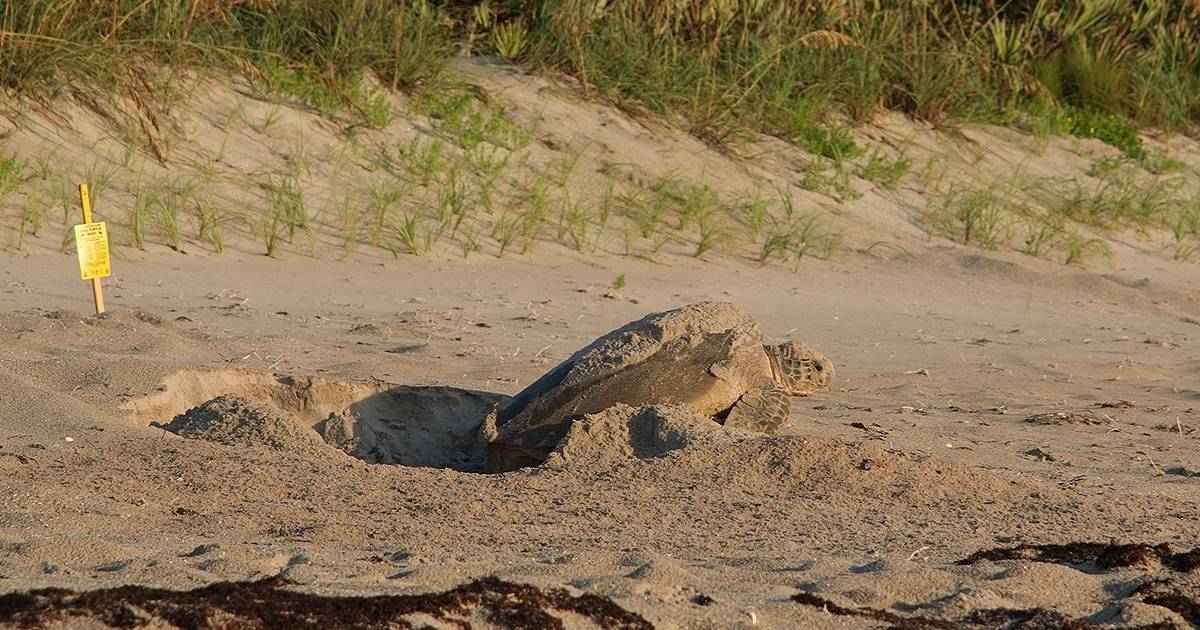
Same turtle emerging from nest.
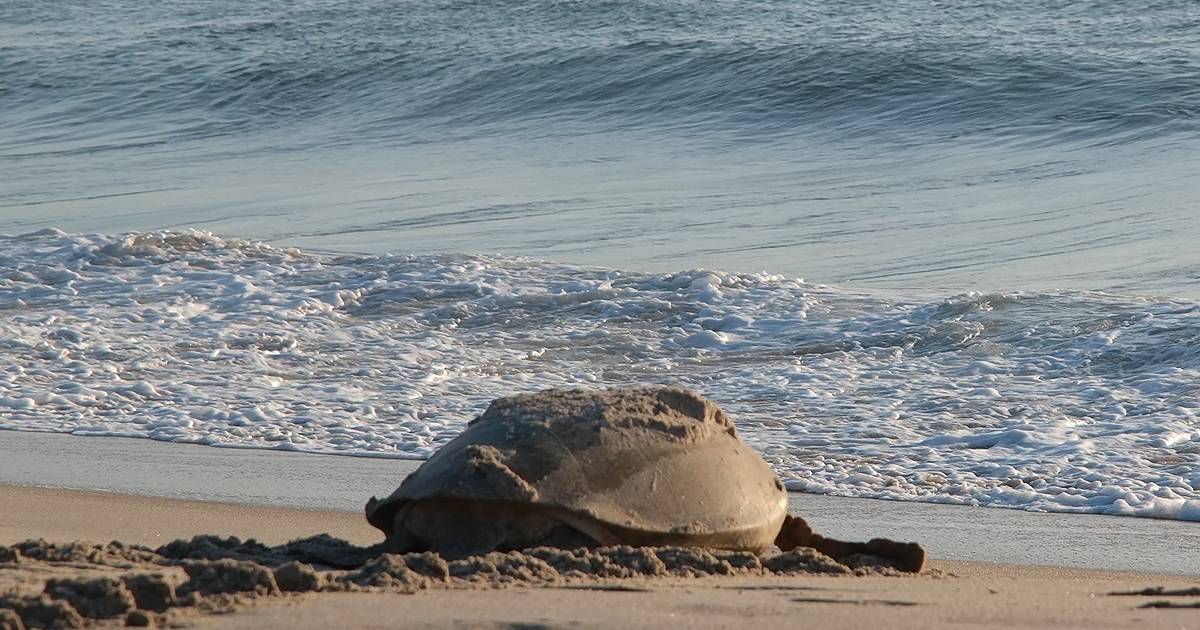
Same turtle returning to the ocean.
Sea turtle nesting season runs from March through October, though I’ve had the most luck in July and August. I’ve even seen hatchlings in October (still hoping to witness a full hatching—fingers crossed I get to!).
Barrier Island Center at Doc Ehrhart Sanctuary
If you want to learn more about sea turtles and the wildlife of the barrier island, stop by the Barrier Island Sanctuary at the Doc Ehrhart Sanctuary. It’s located just next to Bonsteel Park and free to visit.
Inside, you’ll find interactive exhibits about sea turtle nesting habits, coastal wildlife, and the importance of preserving these fragile ecosystems. It’s a great stop for kids—there are touch-friendly displays, short videos, and rotating exhibits.
When the weather is cooler, explore the nature trail behind the center, which winds through native plants and offers educational panels about the unique flora and fauna of the area. There are also outdoor exhibits, shaded benches, and even spots to enjoy a quiet picnic.
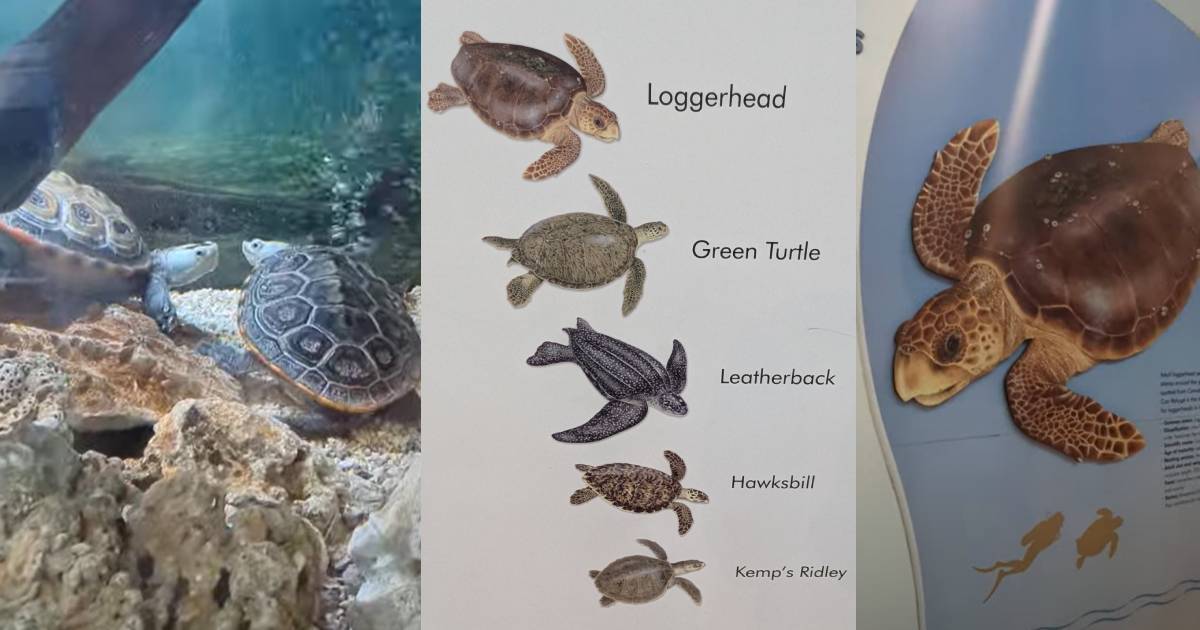
Barrier Island Sanctuary Indoor Exhibits
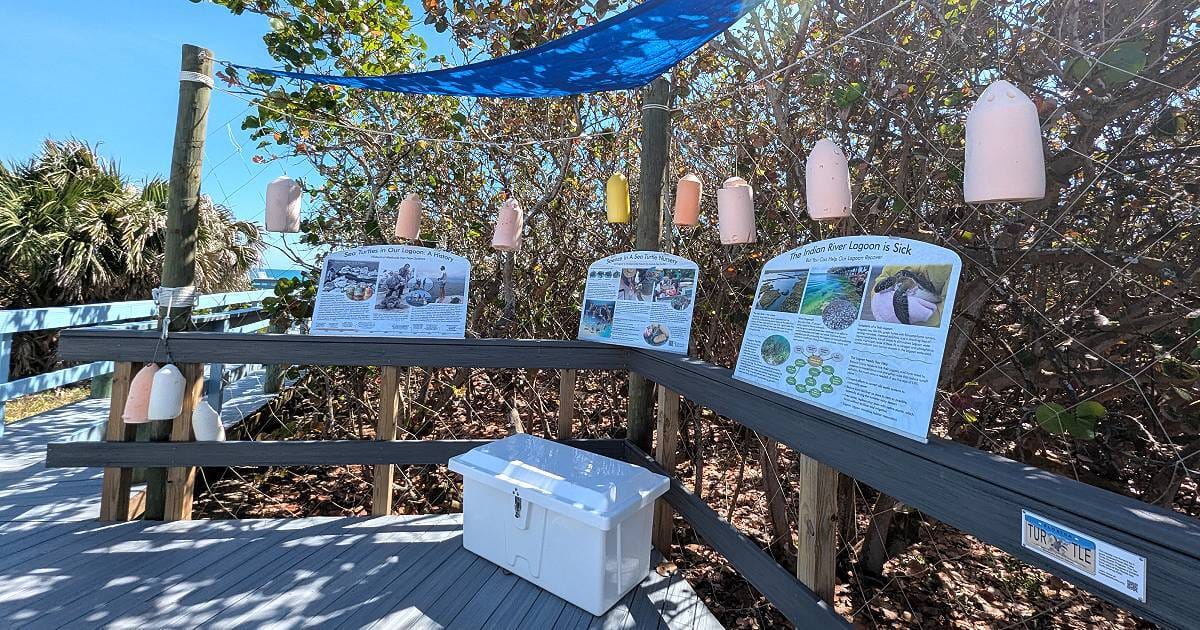
Outdoor Exhibits at Barrier Island Sanctuary
I hope you enjoyed the sea turtles! 😄
I never get tired of those quiet, magical moments on the beach when a sea turtle emerges from the ocean to lay her eggs. Watching these mommas go about their nesting ritual is truly one of the most awe-inspiring things I’ve experienced. I hope this guide inspires you to plan your own early morning (or late-night!) beach walk, so you can experience this too!
‘til next week, happy exploring!
Kathleen
Check out Beehiiv. Click below for free 30-day trial + 20% OFF for 3 months.
To help you plan your trips, we link to stays and tours. Some of these links are affiliate links, meaning that if you book a trip or sign-up through these links, we may receive a small commission at no additional cost to you. (For example, the link above to check out Beehiiv is an affiliate link.)

